好文分享+回顾 | 游戏的不同层面 Levels of the Game
Levels of the Game
游戏的不同层面
Nancy Stark Smith / 勇者 译
<Contact Quarterly > 2003
年冬春版
文中图片为 舞启2019 <转瞬> 余德耀美术馆演出
演出照片由现场观众、宋小勺及林方提供
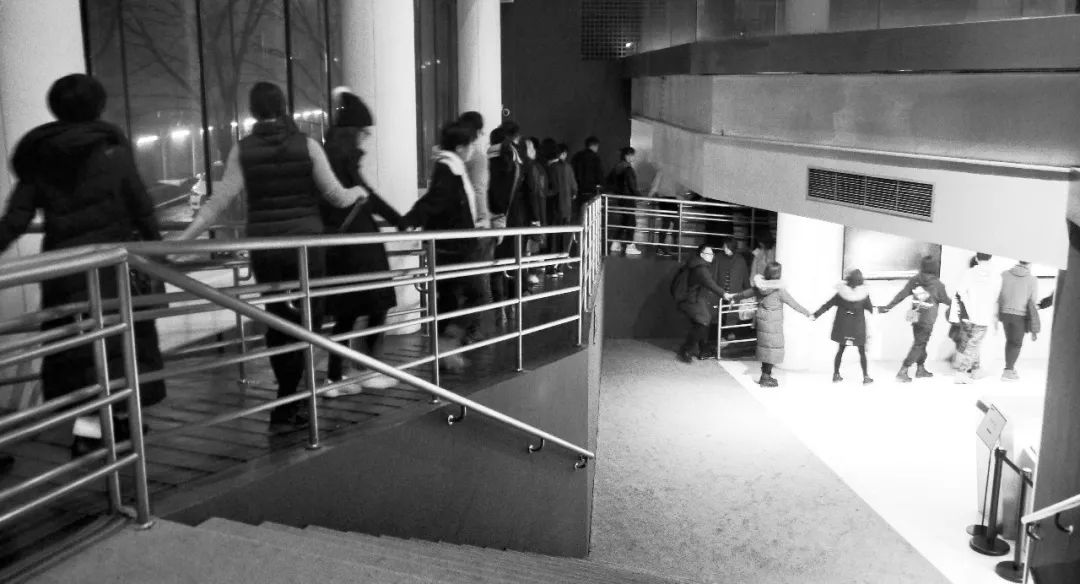
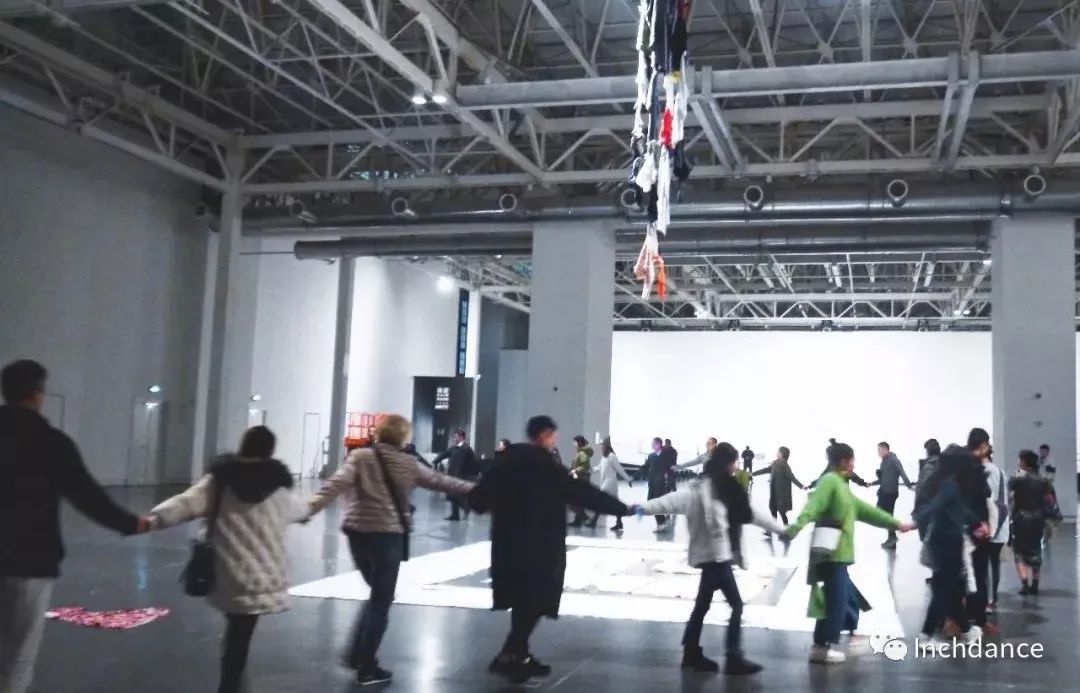
最近,我想起了我以前在课堂上用过的一个练习。我们绕着圈走,我会说,“想象一下,你是领队,队伍里的第一个,领着队伍穿过房间,其他人都跟在你后面,包括你前面的那个人,他跟在你后面穿过队伍的其余部分。在你的运动中,感受你身体前面的感觉,你的背部,你的脸和眼睛,你的存在,你的感觉。现在,仍然走着,没有任何其他变化,想象你是队伍中最后一个,跟在其他人后面,包括你后面的那个人。感觉你身体的前部,背部……”
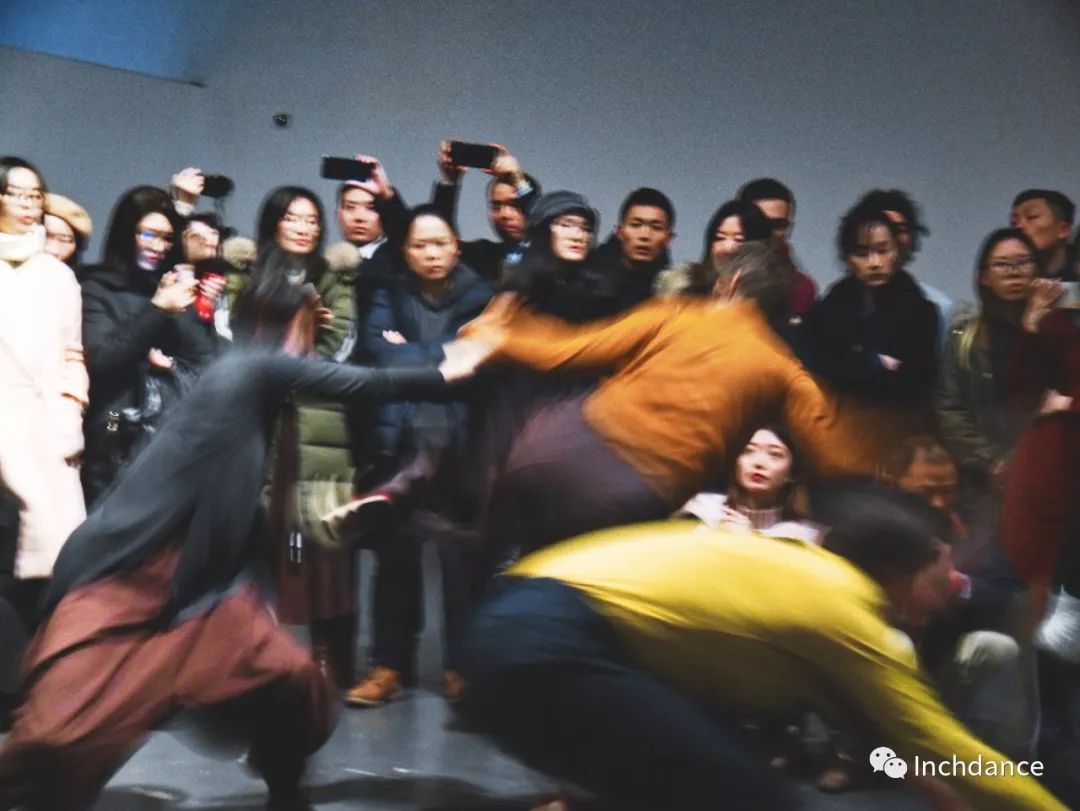 我
们在舞蹈中的定向(
orient
)不仅影响我们的感觉,也影响我们做出的选择。
我
们在舞蹈中的定向(
orient
)不仅影响我们的感觉,也影响我们做出的选择。
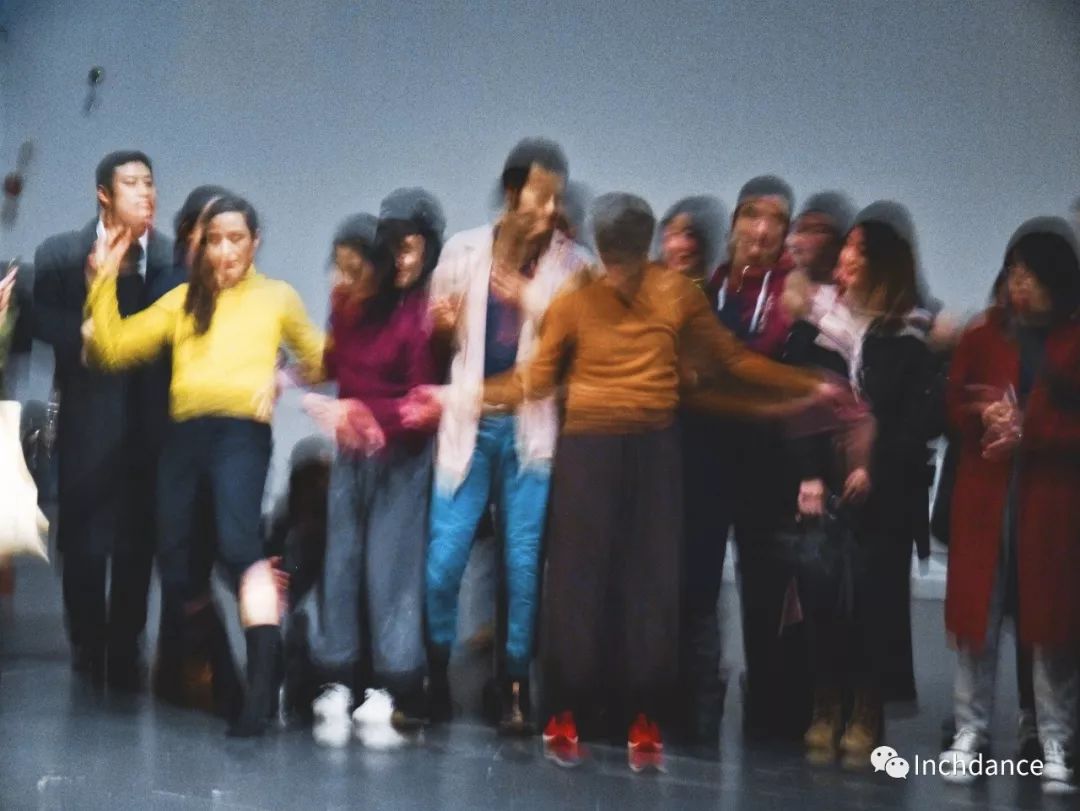
无论我们关注的是什么——一种文化、一个社区、一个家庭,还是一个人——它(被关注的东西)都会得到成长。即兴舞蹈 / 动作练习的形式、舞谱、方法和意图的数量是巨大的,我们并非都在做同样的事情。
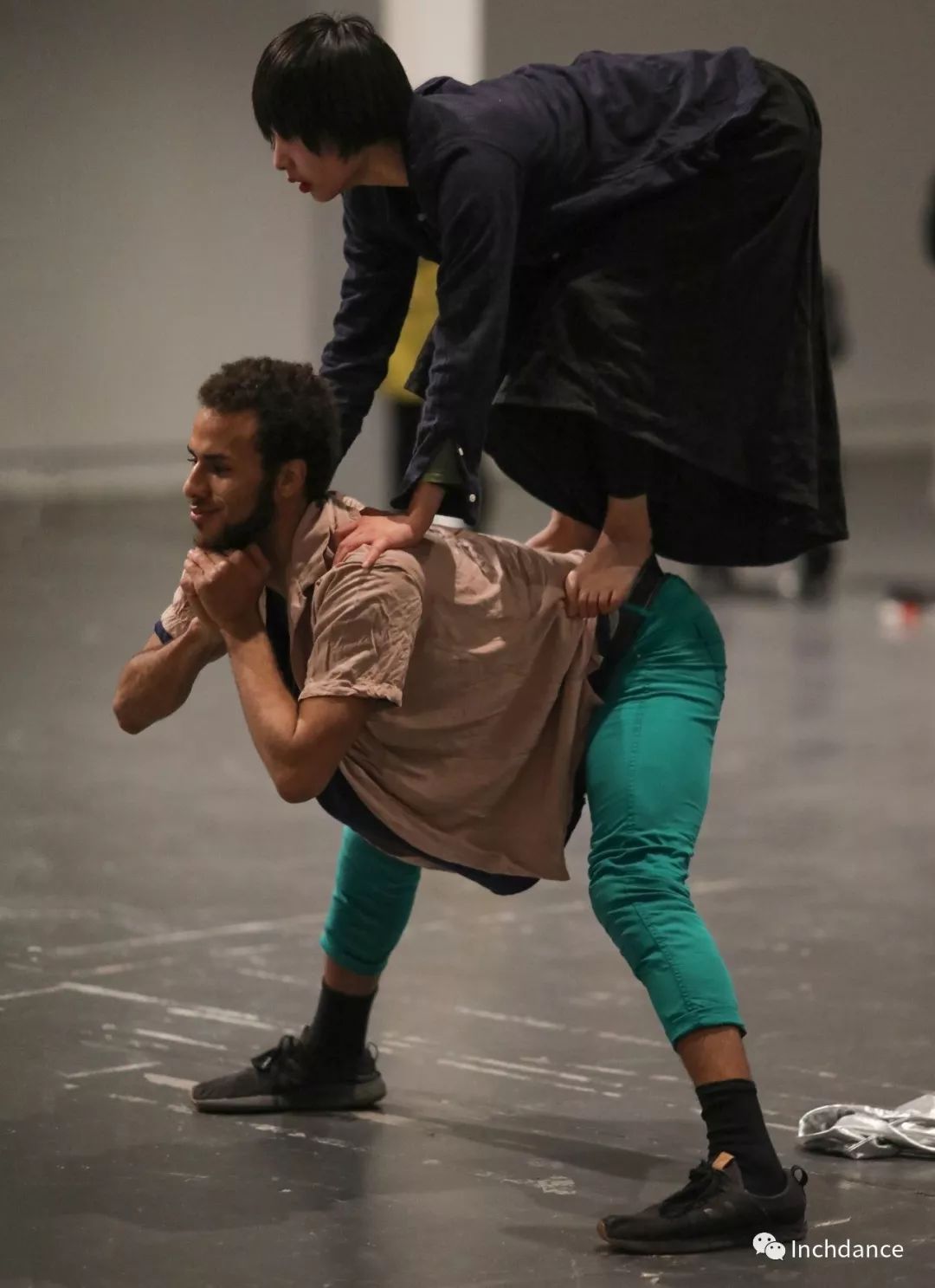
当舞者们在这个不断扩大的即兴创作领域中移动时,我们就像在树林中嗅来嗅去的动物,通过我们有意识或无意识地做出的选择来追踪我们自己的兴趣所在——趋向或远离我们所发现的东西。通过这种方式,我们绘制地图,并在前进的过程中扩大了疆域。在大量的可能性中,人们会不时地产生一些问题,比如人们在即兴跳舞时实际上在做什么,以及为了什么目的。
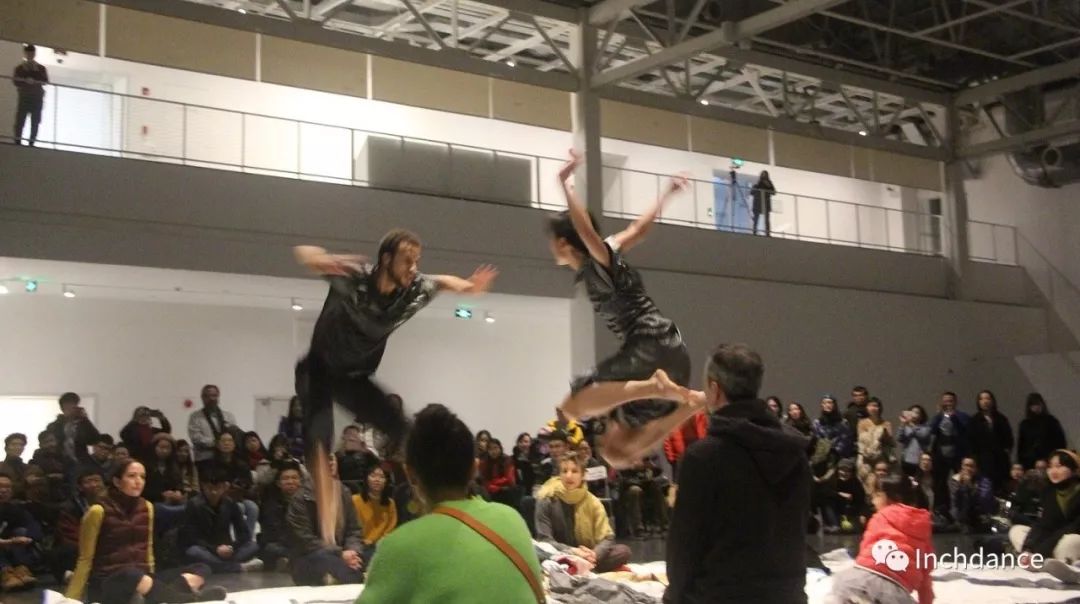
意图在我们的即兴实践中发挥着多方面的作用。
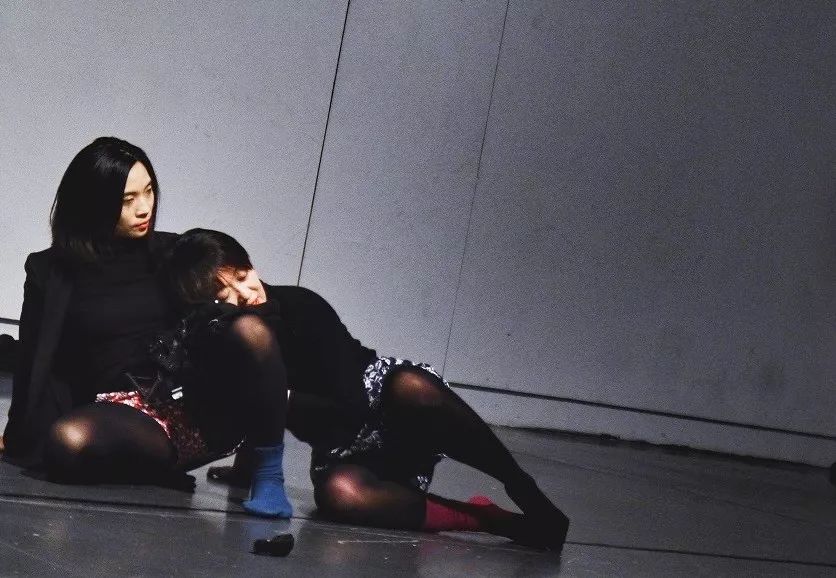
在任何明确的即兴舞谱或结构中,都有许多其他的谱子在起作用——有些是有意识的,有些不是;有些是给定的,有些是假设的,有些是选择的,有些是默认的。有时这种明确的、“外部”的谱子来自一本手册中某种类型的指导——由舞谱的创造者 / 导演 / 老师给出的一种关于身体的、感觉的或者是概念性的准备,这个指导建立了一个(接下来舞蹈的)基础或者是一个“内部”的谱,它将塑造即兴的选择。在许多情况下,这些准备工作与外部结构所给予的舞谱一样多——甚至更多。内心的舞谱是通过许多方式建立的——通过体验练习,通过谈话,或者仅仅通过导演的在场和行动。
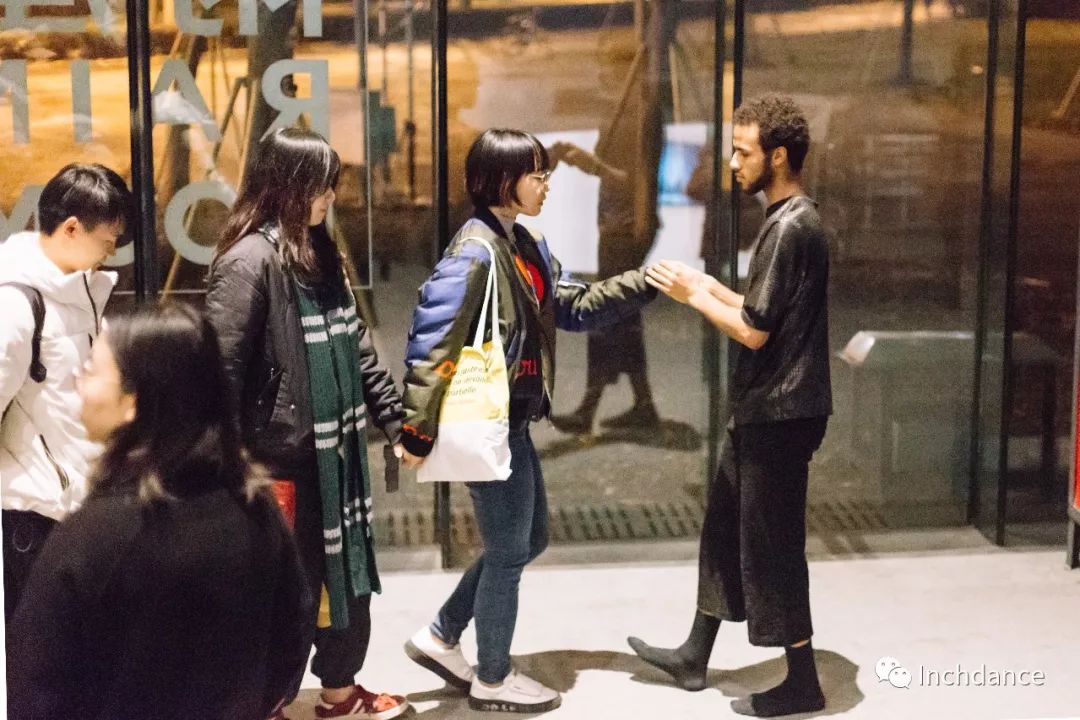
与此同时,在内心的舞谱中,每个舞者都有自己跳舞的理由——她独特的意图、兴趣和本能。她在追求什么?她在寻找什么,因此看到了什么?她是如何看待她所看到的?虽然给定的舞谱本身可能直接或间接地确立了意图,但最终,在微观游戏的即兴选择中,个人只能靠她自己。这种即兴创作的独立性是这种形式的能量和乐趣的中心 。
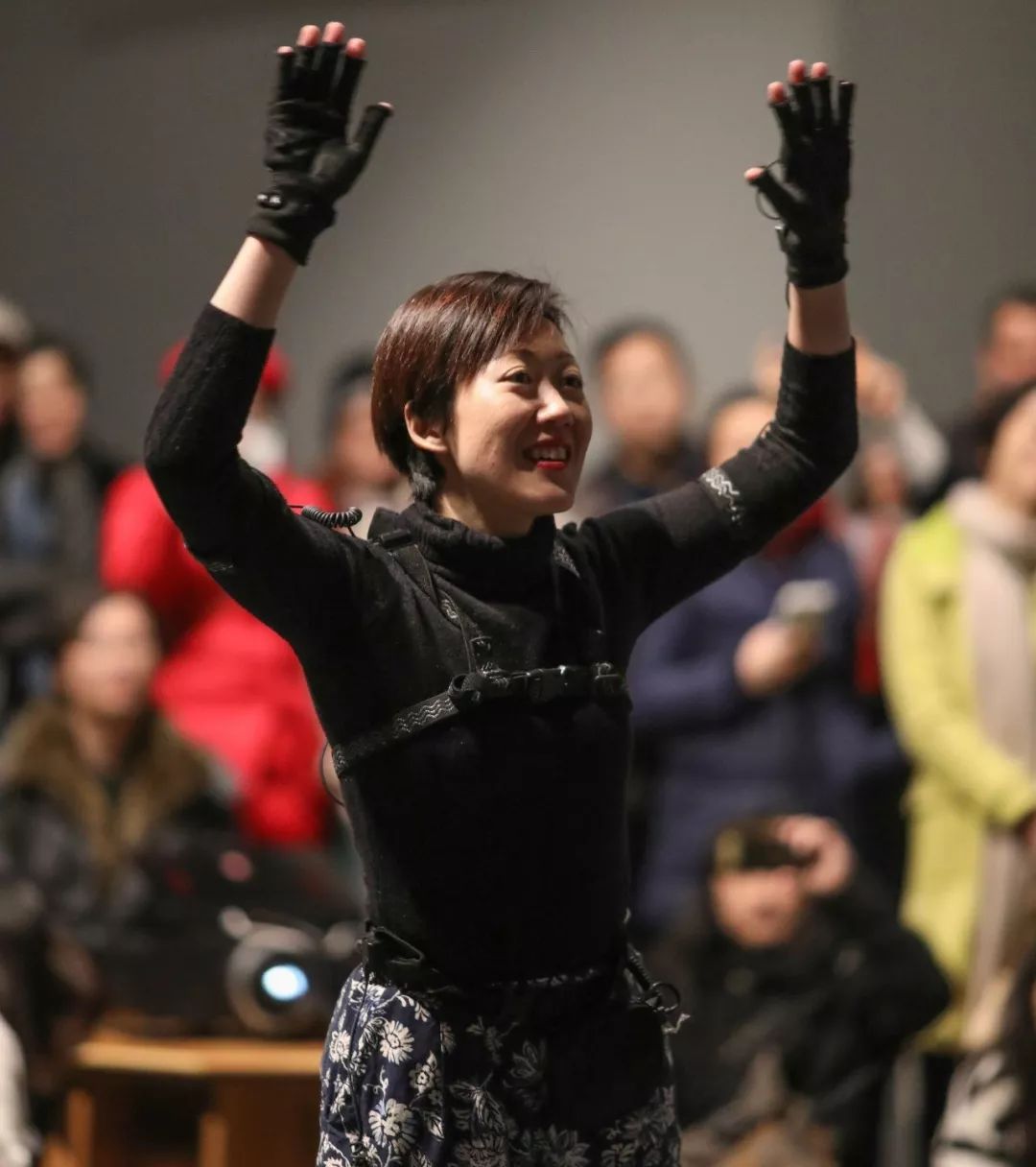
至于那个最深处的“隐秘”的舞谱——我们为什么跳舞或创造舞蹈——就像我们的 DNA 一样个人化,可能也一样复杂。在我们每个人体内,经常有许多种意愿在同时运作,而且它们还很容易变化。
(我很想找到答案,譬如说,在巴厘岛,一种在寺庙中进行的神圣舞蹈与吸引观光客的舞蹈,它们唯一的区别是舞者在跳舞时的意图,还有就是他们演出的服装和面具是否被有祈福并得到授权。)
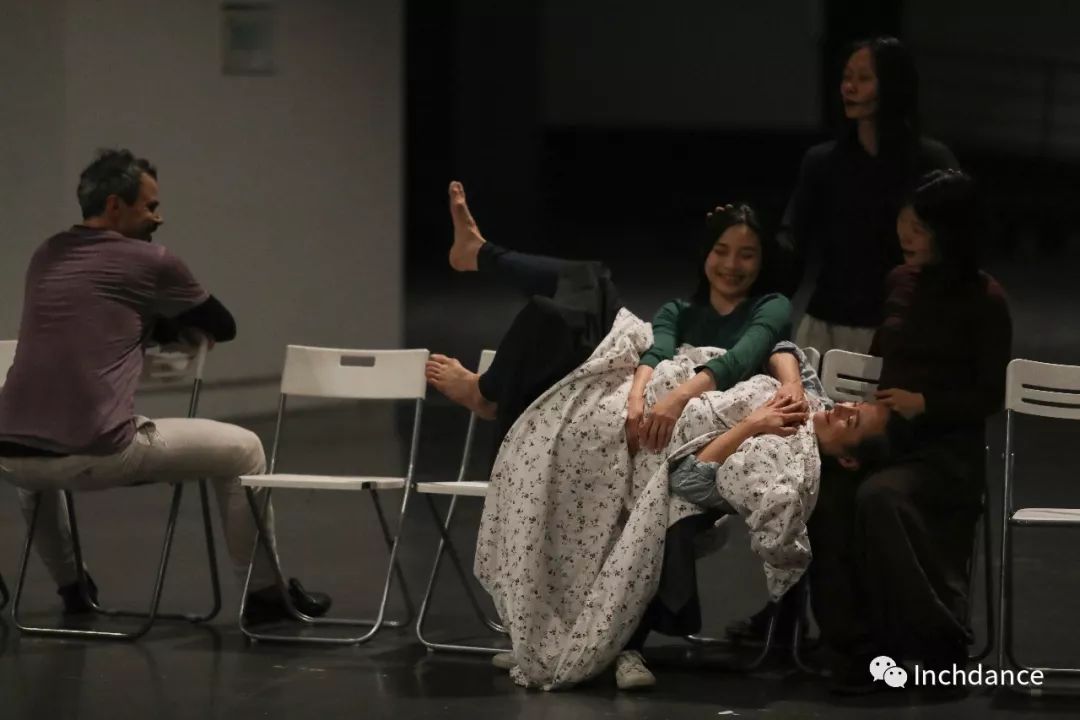
虽然我们看不清在即兴做出的选择的源头,但它们通过我们的行动清晰地传达出来。当我们移动时,我们可以瞥见一些由意图、假设、定义和欲望组成的复杂矩阵,它们彼此碰撞——在单个个体内部,在舞者之间,在各种形式之间。
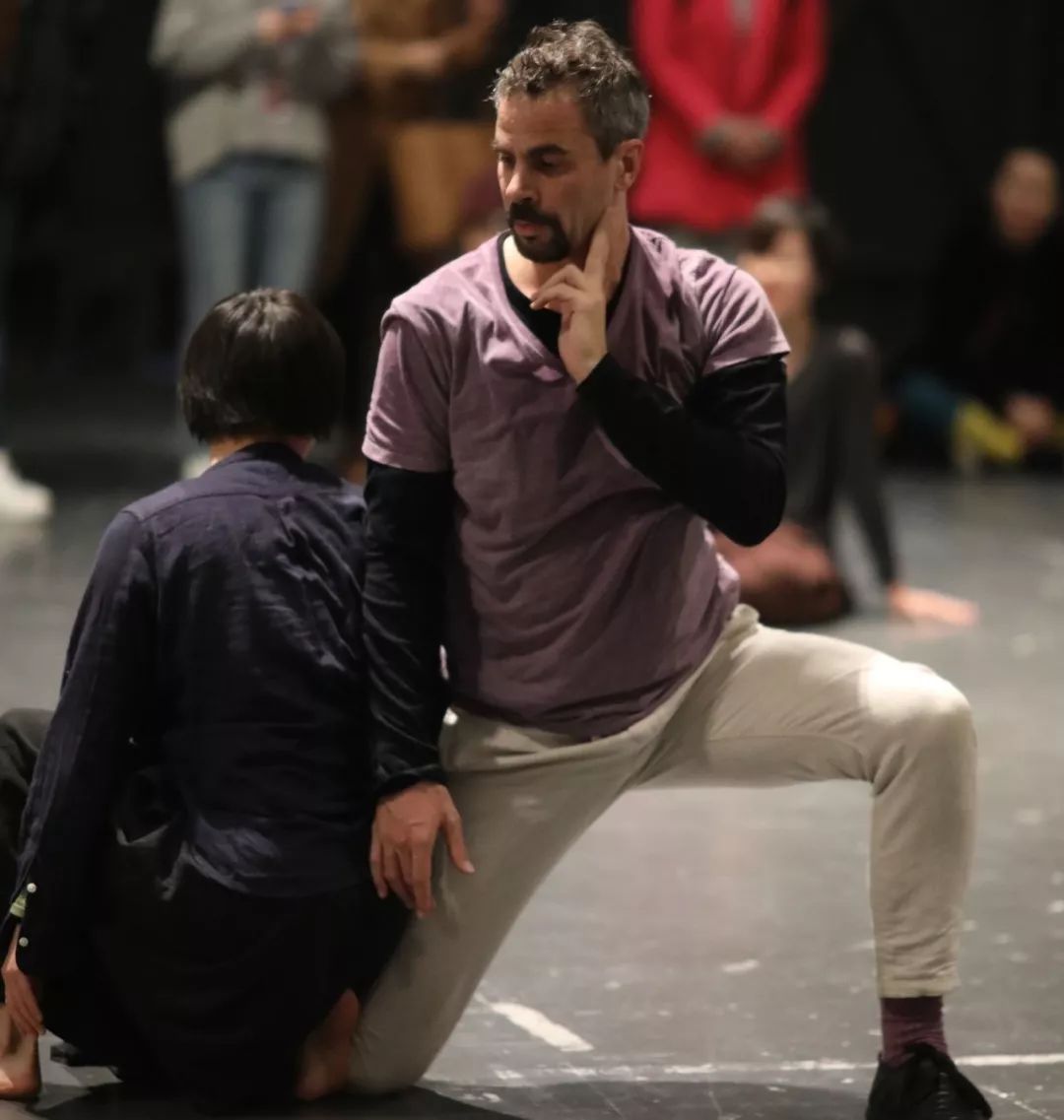
在意图与意图、环境与意图、材料与材料的摩擦中,会发生碰撞。如果没有别的,火花将照亮了我们的个人道路,挑战我们,迫使我们在舞蹈练习当下一刻变得更加特别,更加慷慨。

我越来越意识到,当我即兴创作时,意图对我所做的选择产生了巨大的影响。任何一次活动中的意图肯定会影响我在那一刻的选择。这些小小的选择将累加起来——既在一支单独的舞中,也在这么多年里。
我们的舞谱所达到的水平不仅向内逐次移动,而且也将向外投射到世界上。我们跳舞的内容和方式影响着我们自己、学生和观众们的观看、思考和行为的方式。
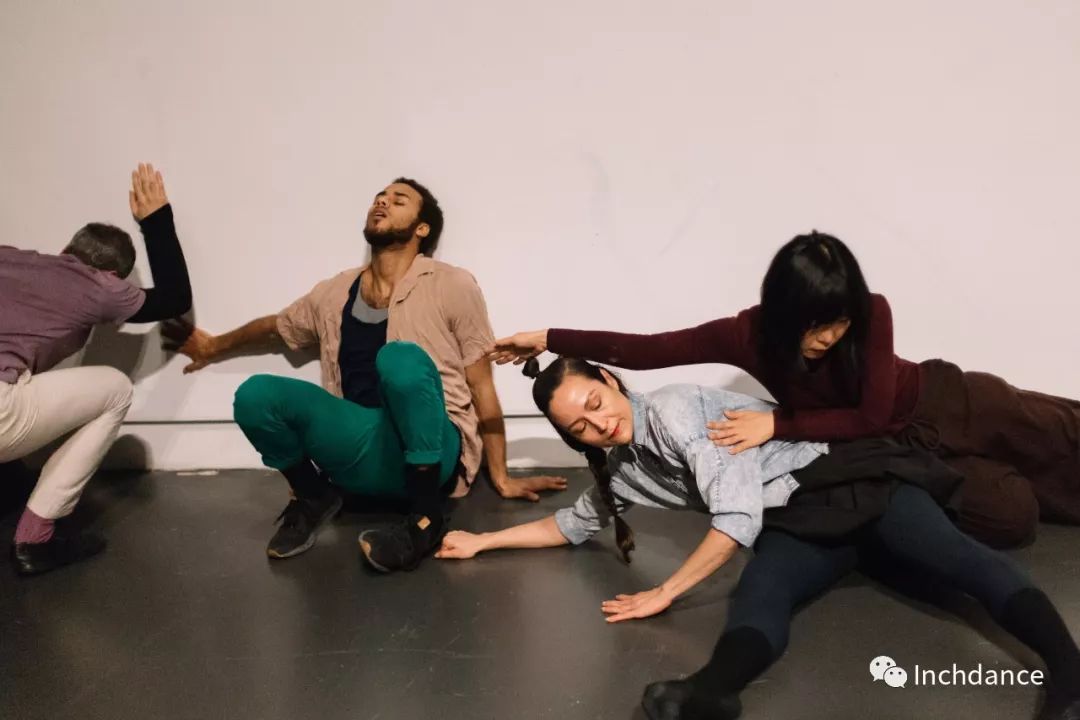
我发现这一点值得注意,我们花了一页纸的文字和许多小时来描述我们在跳舞时的瞬间发生的事情。如此高效、雄辩的语言……
所有问题在一转头中升起,所有答案在一垂手间浮现。
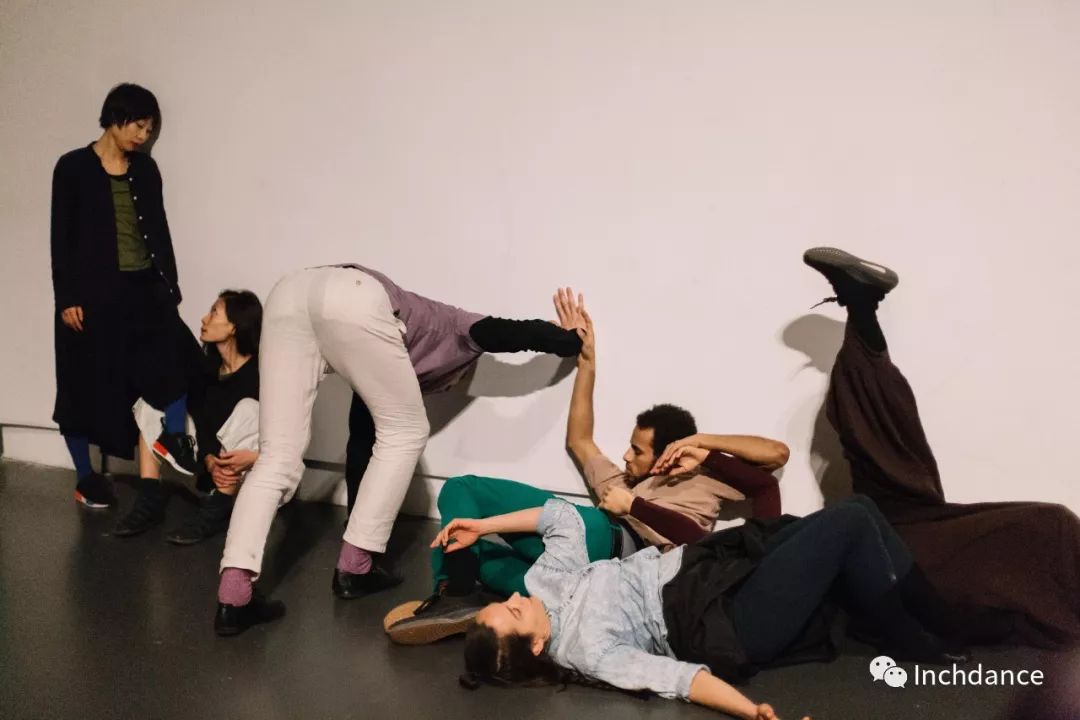
原文
Levels of the Game
I was reminded recently of an exercise I used to direct in class. We’d be walking in a circle and I’d say,“Imagine that you’re the leader, the first one in the line, leading the line through the room, everyone else is following behind you, including the person in front of you who’s following you through the rest of the line. Feel the sensation in the front of your body, your back, your face and eyes, your presence, how you feel in your movement. Now, still walking, without any other change, imagine you’re the last one in the line, following everyone else, including the person behind you. Feel the front of your body, your back…”
How we’re oriented inside our dancing affects not only the way we feel but the choices we make.
Whatever we focus our attention on—as a culture, a community, a family, an individual—grows. The number of forms, scores, approaches, methods, and intentions for practicing dance/movement improvisation is enormous right now. And we’re not all doing the same thing.
As dancers moving through this ever-enlarging field of improvisation, we’re like animals sniffing through the woods, tracking our own interests by the choices we make— consciously or unconsciously—to move either toward or away from what we find. In this way, we map and add to the territory as we go. Within the profusion of possibilities, questions arise with some frequency about what in fact people are doing when they’re improvising dance, and toward what end.
Intention functions on many levels in our improvisational practices.
Inside any explicitscore or structure given for improvising, there are many other scores operating—some of them conscious, some not; some of them given, some assumed, chosen, or arrived at by default. Sometimes this explicit, or “outer,” score comes with an instruction manual of sorts—a physical, perceptual, and conceptual preparation given by the maker/director of the score that establishes a ground, or “inner” score, that informs the improvisational choices. In many cases, these preparations are as much the score as the outer structures given—maybe more so. The inner score gets established in many ways—through experiential exercises, through talking, or simply through the presence and actions of the director.
Meanwhile, inside the inner score, the individual dancer carries her own reasons for dancing—her particular intentions, interests, instincts. What is she after? What is she looking for and therefore at? What does she make of what she sees? Though the given score itself may directly or indirectly address intention, ultimately ,in the microplaying field of improvisational choice making, the individual is on her or his own. This independence among improvisers is central to the power and pleasure of the medium.
This “secret” inner most level of the score—why we are dancing or making dances—is as personal as our DNA, and possibly as complex. There are often many strands of intention operating at the same time within each of us, and they’re subject to change.
* (I was interested to find out, for instance, that in Bali, the only difference between the performance of a sacred temple dance in the temple and the performance of the same dance at a tourist attraction—often by the same dancers—is the intention of the dancers as they do the steps, and the fact that the costumes and masks for the tourist performances have not been blessed and empowered.)
Though our choices when we improvise are invisible at their source, they telegraph clearly through our actions. As we move, something of the complex matrix of intentions, assumptions, definitions, and desires can be glimpsed, bumping up against one another—within a single individual, between players, and between forms. In the rubof intention against intention, context against intention, and material against material, frictions occur. If nothing else, the sparks illuminate our individual paths, challenging us to become at once more specific and more generous in our practice.
More and more, I’m realizing the powerful effect my intentions have on the choices I make when I’m improvising. My intentions for any given session will surely affect my choices in the moment. These small choices add up—both in a single dance and over the years.
The levels at which our scores play out don’t only move successively inward but also project outward into the world. What and how we dance affects the way we, our students, and our audiences see, think, and act.
I find it not able that it’s taken a page of words and many hours to describe what happens in an instant when we dance. Such an efficient and eloquent language…All the questions in a turn of the head, all the answers in the drop of a hand.
Nancy Stark Smith
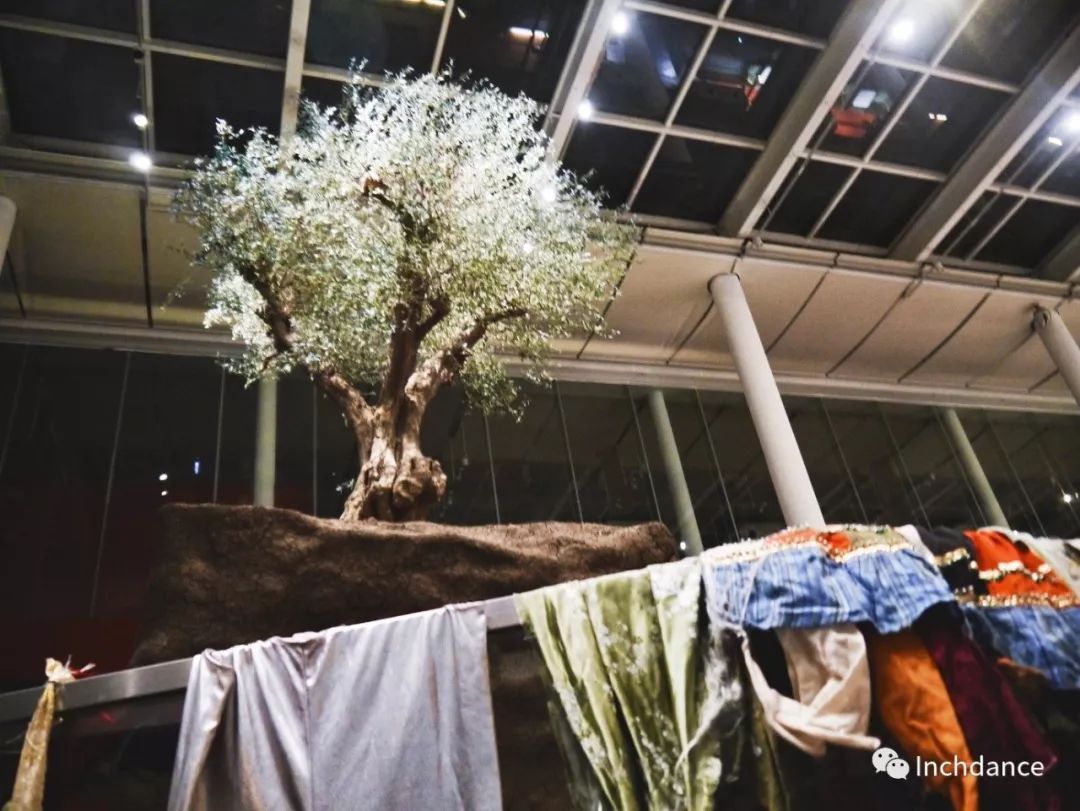
一月活动:
舞启2019 |寸草舞集1月活动 Inch dance January Activities

